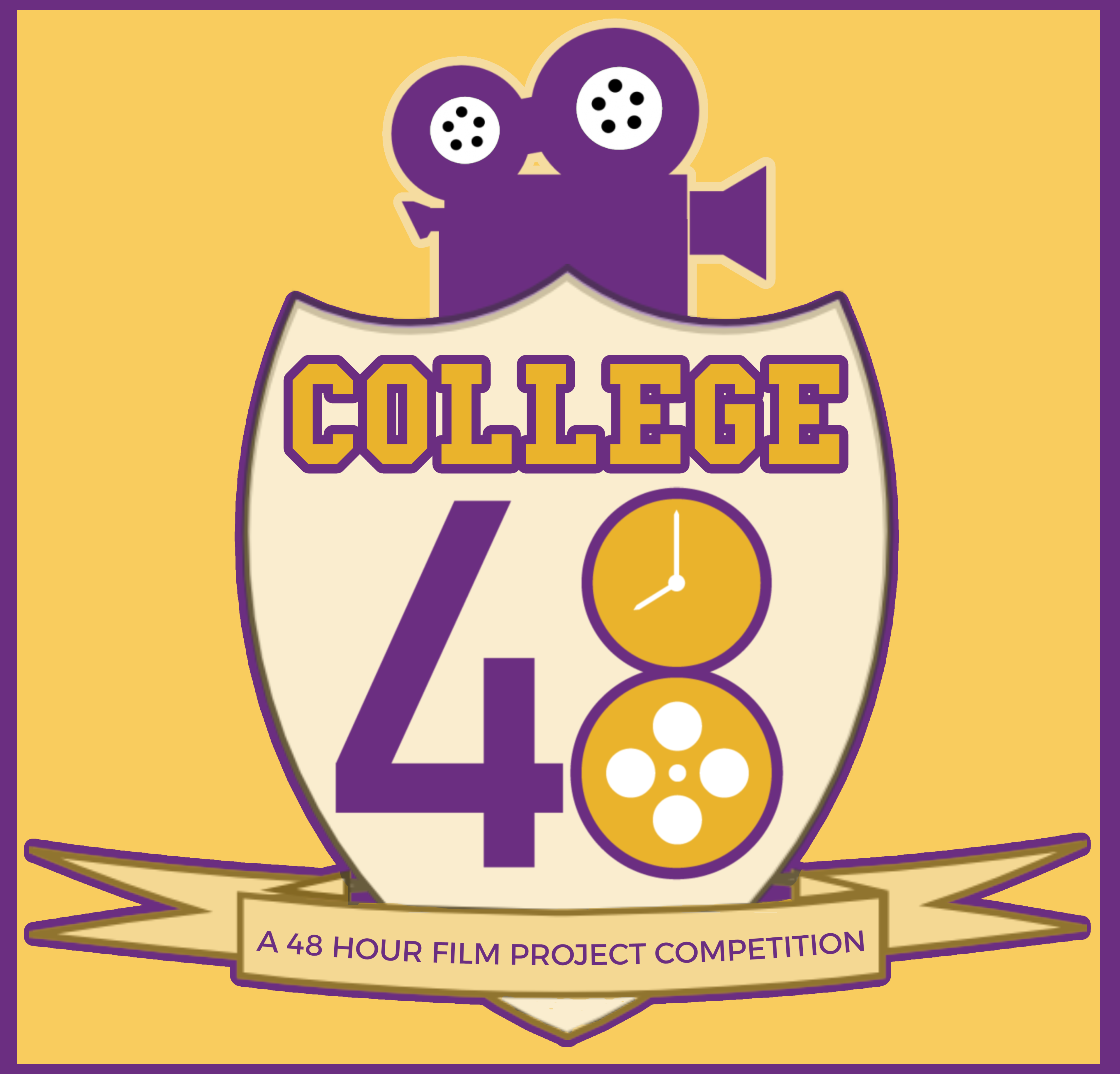Newfoundland 3
Listen to Newfoundland 3, a 36-year-old man from Eastport, Newfoundland, Canada. Click or tap the triangle-shaped play button to hear the subject.
Both as a courtesy and to comply with copyright law, please remember to credit IDEA for direct or indirect use of samples. IDEA is a free resource; please consider supporting us.
BIOGRAPHICAL INFORMATION
AGE: 36
DATE OF BIRTH (DD/MM/YYYY): 1963
PLACE OF BIRTH: St. John’s, Newfoundland, Canada
GENDER: male
ETHNICITY: Caucasian
OCCUPATION: environmental biologist with the Canadian government
EDUCATION: university
AREA(S) OF RESIDENCE OUTSIDE REPRESENTATIVE REGION FOR LONGER THAN SIX MONTHS:
The subject was raised in Eastport, Newfoundland. Has also lived in Grand Falls and Argetia, Newfoundland.
OTHER INFLUENCES ON SPEECH: N/A
The text used in our recordings of scripted speech can be found by clicking here.
RECORDED BY: Susan Stackhouse
DATE OF RECORDING (DD/MM/YYYY): 08/04/2000
PHONETIC TRANSCRIPTION OF SCRIPTED SPEECH: N/A
TRANSCRIBED BY: N/A
DATE OF TRANSCRIPTION (DD/MM/YYYY): N/A
ORTHOGRAPHIC TRANSCRIPTION OF UNSCRIPTED SPEECH:
No question, you’ve got to go to Eastport, which is where I’m from, coincidentally enough. And, uh, Eastport is different. It’s right next, St. James is on the Eastport Peninsula. And, uh, Eastport is, uh, a little bit different than anywhere else in this land; probably a lot different than anywhere else in Newfoundland. For starters, it isn’t really the, uh, typical outport fishing village. It’s a fairly new and modern community that was built in the center of a bunch of, uh, fishing communities and typical outports, and was built, uh, uh, primarily around agriculture. And it was actually, uh, it was actually planned by a guy who had a degree in, uh, in agriculture and planning, so it’s-it’s-it’s well laid out. And it’s, uh, you know, it’s a nice place, nice houses, all that stuff. But the thing we’ve got that, uh, most people don’t have is a, a beautiful, beautiful beach. So that, uh, people love to flock down to the beach in the summertime. It’s silver sand and … but it’s, uh, very nice and, uh, the road goes right down there, and people love to go there. Um, it’s culturally quite a bit different; as I say, it’s not like an outport per se, but, uh, we’ve had, uh, several waves of, uh, enlightenment over the years. Uh, in the, in the late 1960’s we had the, uh, hosted the Eastport Festival, in which, uh, there were hundreds of hippies descended upon us, and, uh, draft dodgers and, uh, a lot of them still live there. They’ve really affected people’s thinking; they’ve, you know, uh, opened up a lot of minds to, uh, alternate, uh, ways of, yo-, worlds, you know. That would probably shock the hell out of a lot of small communities around the coast, probably. Uh, years ago when I was in a program called Katimavik, on the west coast and, uh, said to the guy in there, who was from Oshawa, “Meet me out on the bridge.” And you know, in a half hour or something, he looks at me and says, “Meet me on the what?” I said, “On the bridge; come on, I’m in a rush!” “We don’t have a bridge.” “The bridge, the bridge; you know the bridge on the front of the house. The bridge!” “No, we don’t have a bridge.” It’s the step; the step is a bridge from the house to the rest of the world. Good one I heard recently, though, is, is … because people make ‘em up as they go along, but, uh, I don’t know, probably this is used comedy elsewhere, but a guy said to me, he says, “There’s a difference between scratching your arse and tearing it all to pieces.” That means there’s a difference, uh, between doing something and taking it to an extreme. So you can, uh, you know, you can set out to, uh, play a part, for instance, in the current context; or, or you can, you know, go to hell with it, you know, is all that means: the difference between scratching your arse and tearing it all to pieces.
TRANSCRIBED BY: Lynn Baker
DATE OF TRANSCRIPTION (DD/MM/YYYY): 06/08/2008
PHONETIC TRANSCRIPTION OF UNSCRIPTED SPEECH: N/A
TRANSCRIBED BY: N/A
DATE OF TRANSCRIPTION (DD/MM/YYYY): N/A
SCHOLARLY COMMENTARY:
This is a particularly strong example of no dental fricatives. The [th] of “the” and “there” is changed to [d] and pronounced “de” and “dair,” as in “I said to de guy, dair, he was from Oshawa, meet me out on de bridge in a half an hour or sump’n … de bridge, de bridge, ya know de bridge, on de fron a de house … is de step, de step is de bridge from de house to de rest a de world,” “people love to go dere,” and “all dat stuff.” Examples of this can be found throughout the recording. There is a strong example of Canadian Raising (mid-central starting point when the following consonant is voiceless) with the words “white light,” “enlightenment,” “nice,” “out,” and “houses.” As in Newfoundland 1 and 2, the vowel sound [o] is changed to an [ah], so “got” is pronounced “gaht,” “lot” is pronounced “lath,” and “modern” is pronounced “mahdern.” This sample also displays a strong example of final [t]s and some medial [t]s and [d]s being glottalized, as in “Eastport,” “outport,” “different,” “built,” “enlightenment,” and `hundreds.” Often the “g” is dropped from “-ing” endings, as can be found in “looking,” “viewing,” “tearing,” etc. The [h] may be dropped from the initial position, as in “Hebrews.” The pronunciation of the name Newfoundland (Nufelan) is an example of the nasalization of vowels (sequence of vowel plus nasal consonant) specific to this dialect.
COMMENTARY BY: Susan Stackhouse and Paul Meier
DATE OF COMMENTARY (DD/MM/YYYY): 2000
The archive provides:
- Recordings of accent/dialect speakers from the region you select.
- Text of the speakers’ biographical details.
- Scholarly commentary and analysis in some cases.
- In most cases, an orthographic transcription of the speakers’ unscripted speech. In a small number of cases, you will also find a narrow phonetic transcription of the sample (see Phonetic Transcriptions for a complete list). The recordings average four minutes in length and feature both the reading of one of two standard passages, and some unscripted speech. The two passages are Comma Gets a Cure (currently our standard passage) and The Rainbow Passage (used in our earliest recordings).
For instructional materials or coaching in the accents and dialects represented here, please go to Other Dialect Services.
 IDEA: International Dialects of English Archive
IDEA: International Dialects of English Archive





